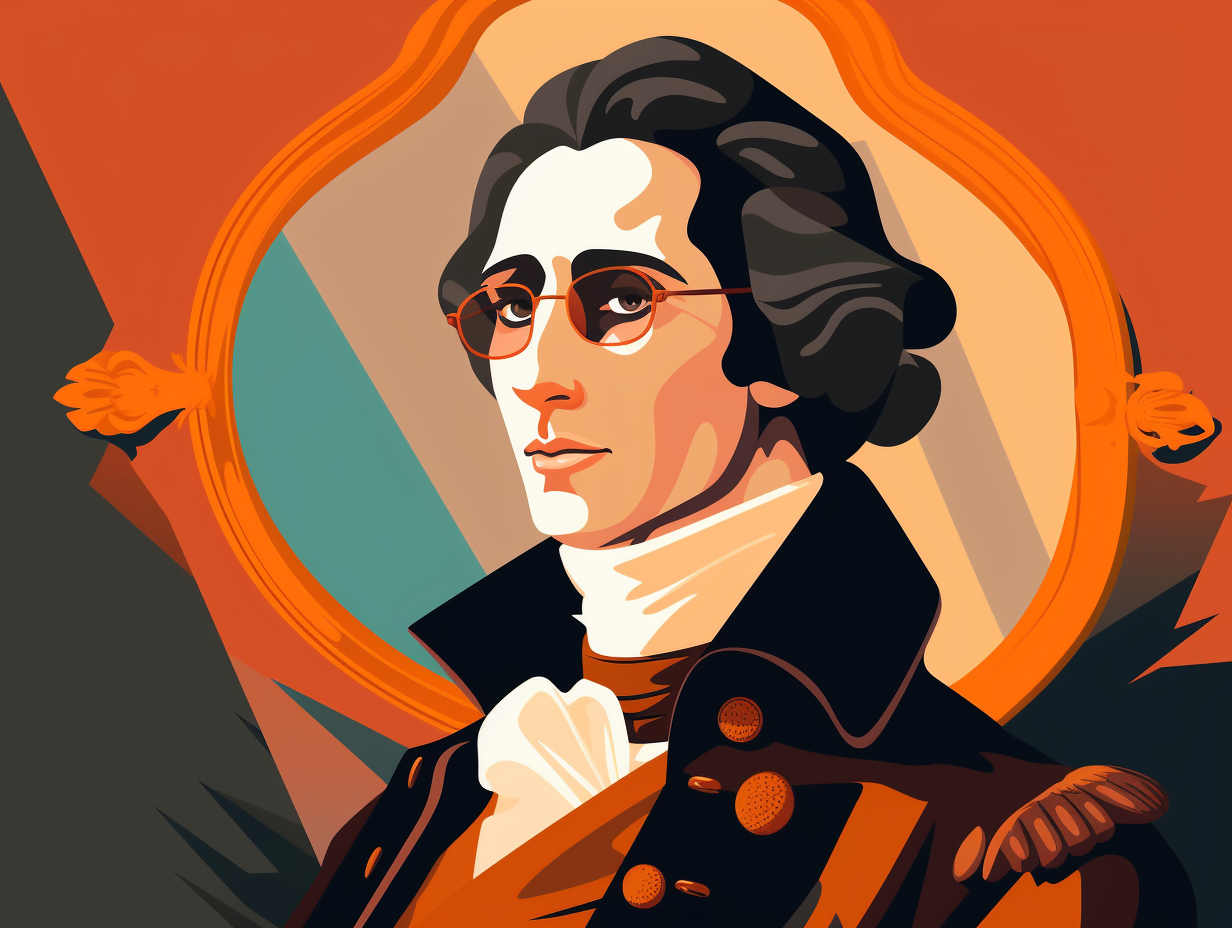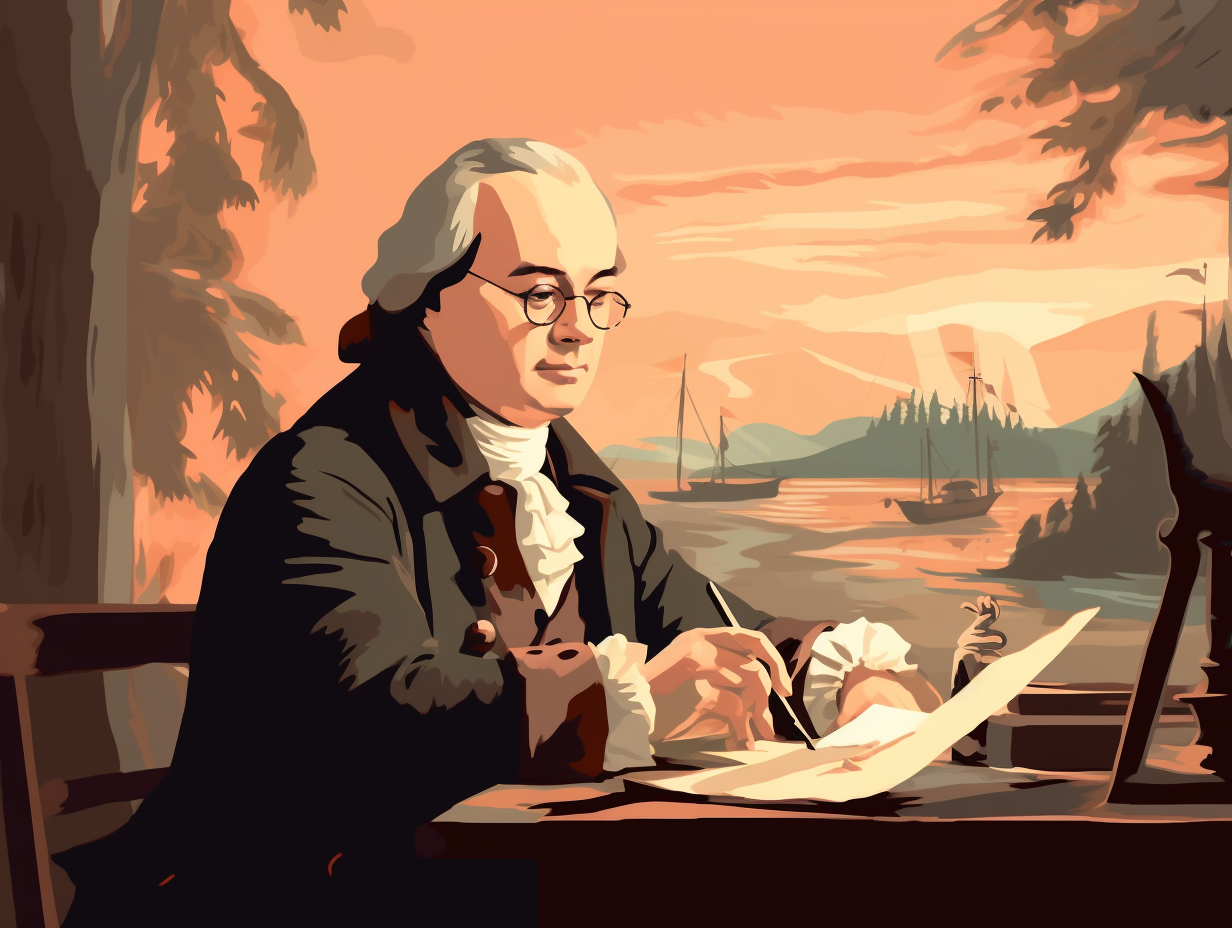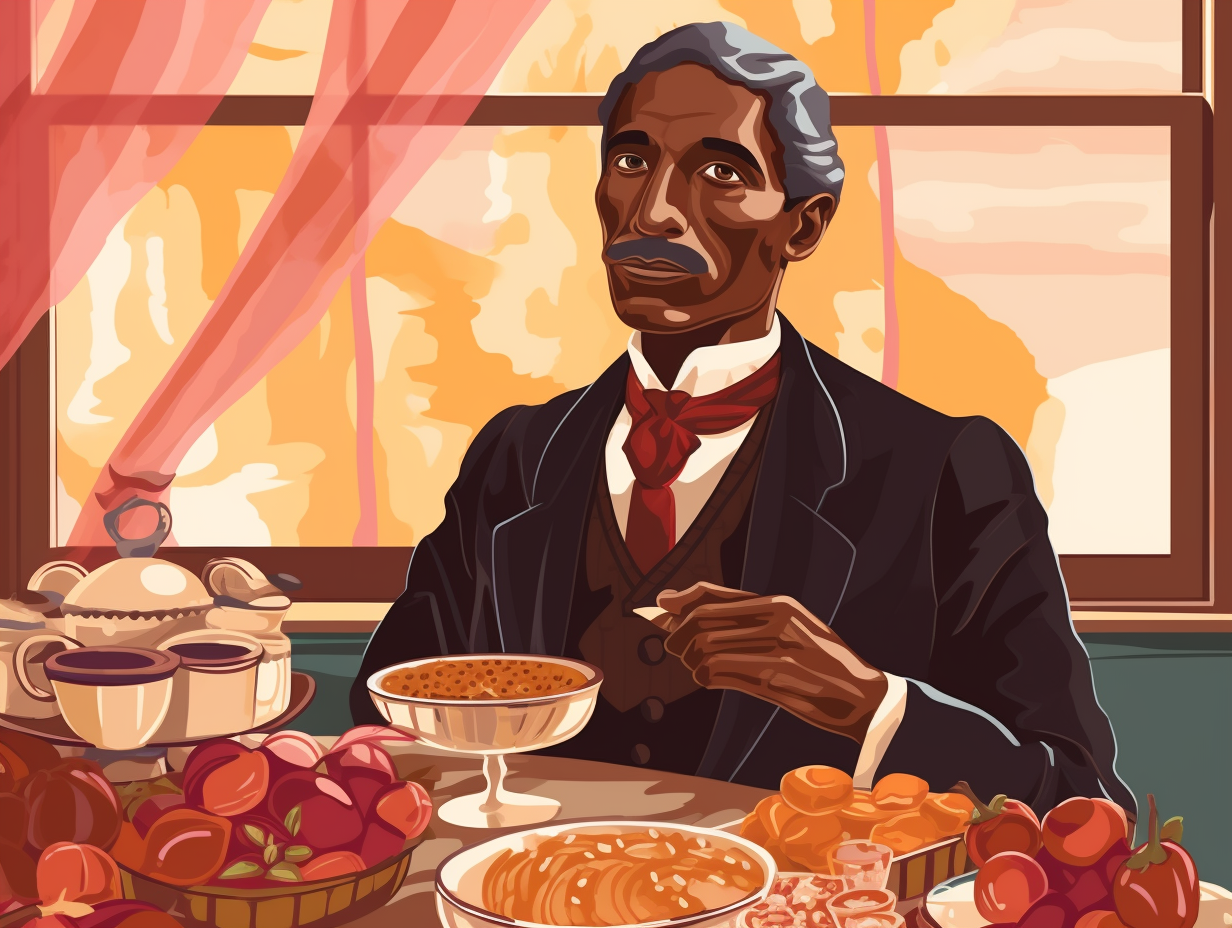Discover the Legend: Top 14 Fun and Surprising Facts About King Arthur You Never Knew!

1. Before Dumbledore: Geoffrey's King Arthur Contribution
Before Dumbledore and the Elder Wand, there was Merlin and Excalibur tickling the fancy of every knight in shining armor: Credit for the legend of King Arthur escalating to its now-castle-high status goes to Geoffrey of Monmouth's "Historia Regum Britanniae," which introduced fan-favorite elements like the wise Merlin and the mighty Excalibur, though the round table was already assembled in various tales before Geoffrey set pen to parchment.
Source => historic-uk.com
2. Uther Pendragon: The OG Draco Malfoy
Who was the "OG Draco Malfoy"? Hint: It wasn't Tom Felton: Uther Pendragon, King Arthur's dear ol' dad, was a legendary warrior-king defending his people against some snobby Saxons. "Pendragon," in Old Welsh, means "highest commander" or "top of the command chain," making Uther the original Arthurian baddie with mad leadership skills and strategic prowess.
Source => en.wikipedia.org

Did you know Cleopatra had royal pythons as pets and believed she was the goddess Isis? Discover her slithering secrets and more fun facts!
=> Fun Facts about Cleopatra
3. Royal Seating Chart: The Round Table's True Purpose
Debunking Medieval Myths: Forget "You can't sit with us" and food fights, Arthur's Round Table was more of a royal seating chart than an egalitarian eatery: The famed table was actually devised to quash quarrels among Arthur's barons and featured a designated head for the king himself, with seating based on rank. This legendary piece of furniture later evolved into a symbol of chivalry and the gallant Knights of the Round Table, but 'fess up, you totally pictured them gossiping over mead and snacks.
Source => en.wikipedia.org
4. Excalibur Mix-up: One Sword, Two Stories
Watch your step, we're swords-crossed in confusion here! It turns out the real deal with King Arthur's blades is as myth-staken as mixing up your Excaliburs with your Ex-lax: Contrary to what many believe, King Arthur only had one magical sword, Excalibur, and didn't pull it from a stone to prove his royal pedigree. That whole "sword in the stone" story is separate from Excalibur's lore, making this iconic ArTHOUrian tale more of a mix-and-match than your average knight's chainmail.
Source => swordencyclopedia.com

5. Real King Arthur Contenders: Who Was He?
Who needs a roundtable when you're busy fighting off Saxon invaders with legendary tenacity? May the real King Arthur please stand up: Despite the ambiguity surrounding his historical existence, King Arthur was first chronicled in the 9th century Historia Brittonum as a fierce military leader combating invading Saxons in Sub-Roman Britain. Various potential Arthurian contenders have emerged, such as Artuir mac Áedán, Ambrosius Aurelianus, Lucius Artorius Castus, and Riothamus, yet the jury remains out on this mythical monarch as he continues to reign over our books, screens, and imaginations.
Source => en.wikipedia.org
6. Laughing with the King: Monty Python's Arthur
When the Knights of the Round Table gathered for taco Tuesdays and people wondered who put the "King" in "King-Size Burritos": King Arthur, a legendary figure admired for his chivalry and nobility, was hilariously portrayed in the film "Monty Python and the Holy Grail" with scenes that poked fun at his royal authority and lessened kingly persona, proving that even the greatest of leaders can have a light side and be immortalized in side-splitting pop culture.
Source => cram.com
7. Historia Regum Britanniae: Entertainment, Not History
Shakespeare might have been onto something when he wrote "Much Ado About Nothing," but in this case, the true star is Geoffrey of Monmouth with his "Historia Regum Britanniae": Although packed with tales of heroism, conquest, and power, this medieval work was simply intended to entertain, not to be taken as a historically accurate account. Alas, many haven't caught the drift, and this engaging fable still masquerades as a historical source within the unsuspecting minds of avid readers today.
Source => historic-uk.com
8. Name Game: Queen Guinevere's Many Monikers
Guinevere: A queen of many names, but a legend nonetheless. It seems that, much like Starbucks baristas, medieval writers just couldn't seem to get her name right: From "Ganhumara" in Geoffrey of Monmouth's "Historia Regum Britanniae" to "Guanhumara" in Chrétien de Troyes's "Yvain," and even "Geinover," "Genievre," and "Guenièvre" in later texts, this iconic queen's name had more variations than the reinvention of Miley Cyrus.
Source => en.wikipedia.org
9. Excavating Arthur's Backyard: Saxon Mint Discovery
Lo and behold, a plot twist worthy of an M. Night Shyamalan movie unfolds as we dig deeper into King Arthur's backyard: excavations at the South Cadbury hill fort have uncovered a Saxon mint from 1010 - 1020 AD, indicating that the site remained a key player in the area's drama long after King Arthur's legendary tales.
Source => britainexpress.com

10. Saucy King Arthur: Affairs and Scandals
When King Arthur wasn't busy pulling swords from stones or hanging out with Merlin, he often dabbled in a little extracurricular "jousting" between the sheets: Despite being married to Queen Guinevere, Arthur had multiple affairs, including one with a lady named Lionors leading to a love child, and an eyebrow-raising liaison with his half-sister Morgause, which ultimately sparked the kingdom's downfall, all while executing some serious damage control (read: baby slaying).
Source => medievalists.net
11. Sir Kay's Powers: Super Knight Turned Cook
Don't lose your breath counting sheep: Sir Kay, a knight of King Arthur's round table, allegedly had the ability to go without breathing or sleeping for nine days straight, grow as tall as the tallest tree, and radiate heat from his hands like a human campfire: Despite these extraordinary skills, later Arthurian tales demoted Sir Kay to a bumbling Chief of Cooks, illustrating the classic case of out with the old heroes, in with the new!
Source => en.wikipedia.org
12. King Edward's 300-Knight Round Table
Who needs 100 friends when you can have 300 knights? The seating situation at King Arthur's Round Table was a medieval version of musical chairs: The number of seats varies greatly in different tales, with some counting over a whopping 100 members while others settle for a cozy 13. In reality, the most commonly suggested number of knights is close to 300, and the table even inspired King Edward III to create his own Order of the Round Table at Windsor Castle in 1344, designed to seat the same robust number. Good luck RSVPing for that dinner party!
Source => en.wikipedia.org
13. Holy Grail Origins: Celtic Roots and Magic
Whoever said "laughter is the best medicine" clearly never heard of King Arthur's magical buffet: The origin of the Holy Grail is believed to have Celtic roots, deriving from Irish tales of never-ending cauldrons and drinking horns, as well as Welsh and Breton storytelling traditions. It first appeared as a jeweled dish in a French romance and later evolved into the cup of the Last Supper, ultimately symbolizing divine grace and universal myth motifs of miraculous vessels and the union of king and land.
Source => catholicculture.org
14. King Arthur's Existential Tug-of-War: Fact or Myth?
Betwixt the ancient manuscripts and rumors of ye olde gossip, King Arthur has left us all in a Round Table whirlwind of "Was he or wasn't he?": In truth, there is no definitive proof of King Arthur's existence during the Dark Ages, though some believe he may have been based on an actual British leader from around 600 AD, leaving historians forever grappling in an epic battle of speculation.
Source => newzealandrabbitclub.net
Related Fun Facts




















